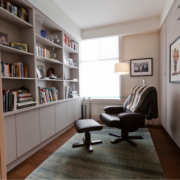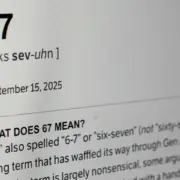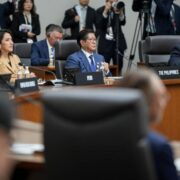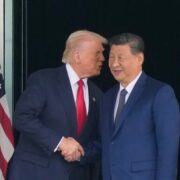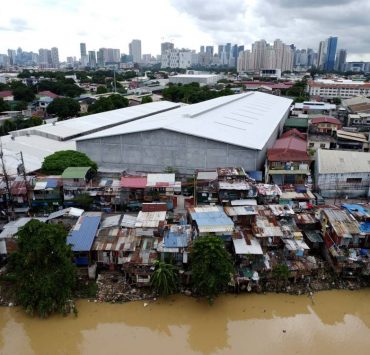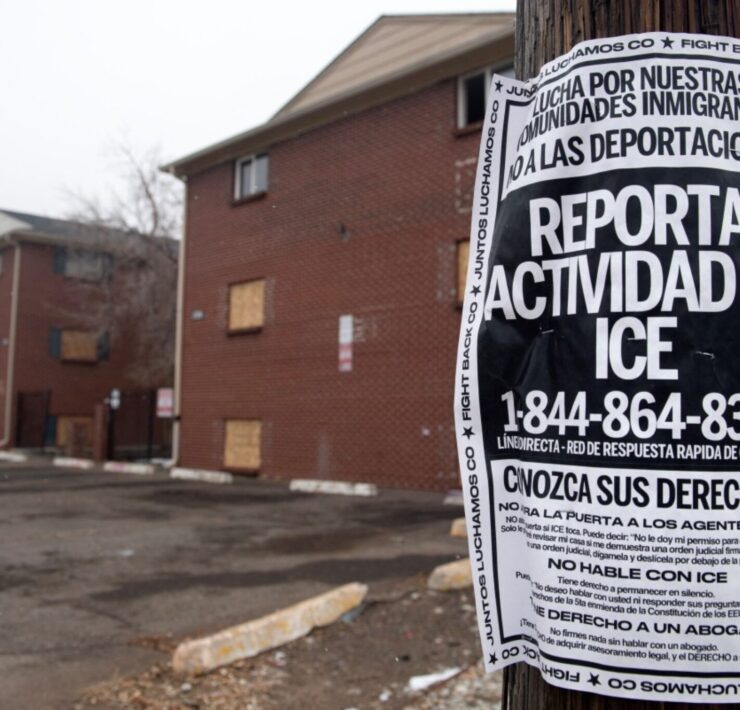China protests PH ship’s stay at shoal off Palawan
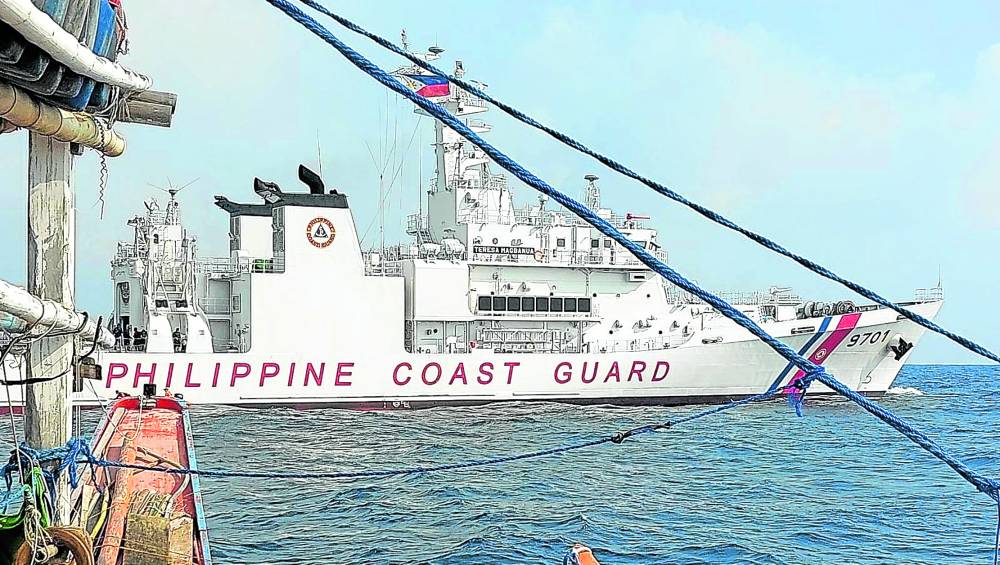
China has lodged a diplomatic protest against the “illegal anchoring” of the Philippine Coast Guard (PCG) ship BRP Teresa Magbanua at the Escoda (Sabina) Shoal as it “seriously infringes on China’s sovereignty.”
In remarks posted on the website of China’s embassy in Manila on Friday, its foreign ministry spokesperson Lin Jian asserted that the shoal, which the Chinese call Xianbin Jiao, is part of China’s Nansha Qundao, which the rest of the world calls Spratly Islands.
“China has protested to the Philippines through diplomatic channels and asked the Philippines to stop its infringement activities and withdraw the vessel at once,” Lin said at a news briefing in Beijing.
Lin said the PCG ship “entered the lagoon of Xianbin Jiao without permission and has been there for a very long time, which seriously infringes on China’s sovereignty.”
There was no immediate response from Malacañang or the Department of Foreign Affairs (DFA).
The Chinese foreign ministry said that the presence of the Teresa Magbanua—which was deployed to the shoal following reports of China’s small-scale reclamation activities there—“threatens the peace and stability in the South China Sea” and was a violation of the Declaration on the Conduct of Parties in the South China Sea (DOC).
“China is closely monitoring the developments and will take resolute measures to safeguard its territorial sovereignty and maritime rights and interests and uphold the sanctity of the DOC,” it added.
The nonbinding DOC, which was signed by members of the Association of Southeast Asian Nations (Asean) and China in 2002, was intended to reduce tensions due to conflicting maritime and territorial claims in the South China Sea.
Concern over missiles
China has also raised concerns about the deployment of US missiles in the Philippines, according to Foreign Secretary Enrique Manalo during a forum with the Foreign Correspondents Association of the Philippines on Friday.He said China’s Foreign Minister Wang Yi spoke with him on the sidelines of a recent Asean meeting in Laos.
“He (Wang) said it could be destabilizing, the presence, and I said ‘No, they’re not destabilizing,’” Manalo said.
“I believe that (the) particular missiles he’s referring to are only there temporarily,” he added.
The missile system was deployed in April as part of a joint military exercise between the United States and the Philippines, but it was the first time such a system was set up in the Indo-Pacific region.
Wang said last month the deployment of the US intermediate-range missile system could fuel regional tensions and lead to an arms race.
The Typhon missile system, capable of firing Tomahawk land attack and SM-6 missiles, was not fired during the drills, but the Philippines said it was shipped to test the feasibility of transporting the 40-ton weapon system by air.
Security engagements between the Philippines and its treaty ally the United States have intensified as both nations seek to counter what they see as China’s aggressive actions in the South China Sea and near Taiwan.
US defense aid pledge
Washington last month pledged funding of $500 million for Manila’s military and coast guard. The Philippines has also expanded security cooperation with Japan, another key US ally in East Asia, angering China.
“The Chinese side believes that defense cooperation between countries should not target any third party or disrupt regional peace and stability,” Zhang Xiaogang, a spokesperson for China’s defense ministry, said on the ministry’s social media account.
“The Philippines are inviting wolves into the house and willingly acting as their pawns, which is despised by other regional countries,” Zhang said.
The 97-meter Teresa Magbanua, a multirole response vessel, has been stationed at the shoal since mid-April.
It is the PCG’s longest deployment of its largest ship in the West Philippine Sea to counter China’s incursions in the country’s 370-kilometer exclusive economic zone (EEZ).
China deployed its China Coast Guard (CCG) vessel with hull number 5303 to the shoal to replace China’s “monster ship,” the CCG vessel with bow number 5901, which left the shoal on Aug. 10.
Shoal as staging area
A coral reef formation with a central lagoon, Escoda Shoal is 140 km west of Palawan, well within the Philippines’ EEZ.It has been used by the Philippine Navy and the PCG as a staging area for the resupply missions to Ayungin (Second Thomas) Shoal, which is also within the country’s EEZ.
Responding to a report by Chinese state media Global Times, PCG spokesperson for the West Philippine Sea Commodore Jay Tarrriela dismissed China’s fears that the Philippines was building a “forward deployment base” at the shoal as “unfounded” and “absurd.”
The Global Times reported that a second PCG ship was “scheduled to illegally enter” the waters off the shoal to join the Teresa Magbanua for “joint anchoring.”
Tarriela said China’s suspicions about the Philippines engaging in such actions “stem from their own pattern of unlawfully occupying maritime areas in the South China Sea, followed by illegal reclamation and provocative militarization of those features.”
He added that the Global Times’ report was made to “to shape perceptions among their domestic audience and the international community, asserting that they have legitimate claims over the entire South China Sea” and to “distract the international community from their unlawful actions and aggressive behavior.”
Continental shelf claim
In June, China also protested against the Philippines’ request to extend its continental shelf claim in a United Nations body.
Beijing appealed to the UN Commission on the Limits of the Continental Shelf to “not to consider” the submission filed on June 14 by the Philippines, which invoked its right under the UN Convention on the Law of the Sea.
Beijing said that the extended continental shelf beyond 370 km “seriously infringed” on China’s sovereignty, sovereign rights and jurisdiction in the South China Sea.Almost the entire South China Sea, including the West Philippine Sea is being claimed by China. This claim has been invalidated by an international arbitral tribunal, which ruled that China had no legal basis for it.
Manila, on the other hand, has filed numerous diplomatic protests against Beijing’s actions in the West Philippine Sea. According to the DFA, the Philippines has filed over 150 diplomatic protests against China since President Marcos took office.
Flare shots
The latest followed the Aug. 8 harassment of a Philippine Air Force (PAF) plane by two Chinese air force combat fighters while it was flying over the country’s territorial waters over Panatag (Scarborough) Shoal.
The Chinese jets fired flares into the path of the PAF plane which was on patrol. The twin-propeller aircraft was safe and no one on board was harmed.
Armed Forces of the Philippines chief Gen. Romeo Brawner Jr. condemned the “provocative actions” of the People’s Liberation Army Air Force, pointing out that it “endangered the lives of [Filipino] personnel undertaking maritime security operations”. The incident came after Manila and Beijing agreed to better manage maritime disputes.
Manalo also said he hoped that China would honor its provisional arrangement with the Philippines on the resupply missions to troops manning the BRP Sierra Madre, which was intentionally grounded to serve as a military outpost at Ayungin in 1999. —WITH REPORTS FROM REUTERS AND INQUIRER RESEARCH

